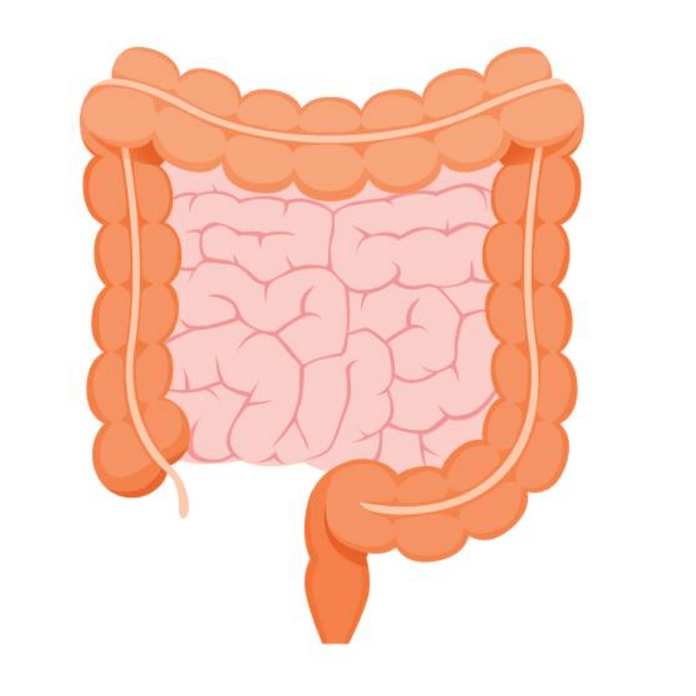The colon is a long, tubular structure that transports digested food material from the small intestine to the rectum and onwards to be excreted through the anus. In some people, there is excessive pressure inside the colon which causes food material to bulge out of the wall and leads to the formation of a pouch. This is known as diverticulum (plural – diverticulae). The condition is known as diverticulosis. In some instances they become infected and this is known as diverticulitis.
Causes & Symptoms
Diverticulosis is common in developed or industrialised countries, particularly the United States, England and Australia where low fibre diets are common. The condition is uncommon in Asia and Africa, where people eat high fibre vegetable diets.
Soluble fibres dissolve easily in water and take on a soft jelly-like texture in the intestines whilst insoluble fibres pass almost unchanged through the intestine. Both types of fibre help make stools soft and easy to pass. Lack of fibre or a diet low in fibre leads to hard stools that cannot move through the intestines causing constipation. Therefore, the resulting constipation and increased pressure leads to the release of pressure out from the weak spots of the colon. At these spots the colon will bulge and create diverticulae.
Diverticulitis occurs when diverticulae become infected or inflamed. Doctors are not certain what causes the infection. It may begin when stool or bacteria are caught in the diverticulae. An attack of diverticulitis can develop suddenly and without warning.
Diverticulosis
Most people with diverticulosis do not have any discomfort or symptoms. However, symptoms may include mild cramps, bloating and constipation when they do occur. Other diseases such as irritable bowel syndrome (IBS) cause similar problems, so these symptoms do not always mean a person has diverticulosis.
Diverticulitis
The most common symptoms of diverticulitis is abdominal pain. The most common sign is tenderness around the left side of the lower abdomen. If infection is the cause then fever, nausea, vomiting, chills, cramping and constipation may occur as well. The severity of symptoms depends on the extent of the infection and complications.
Diagnosis
Diverticulosis is often diagnosed through tests like colonoscopy, barium x-ray, CT scan done for another condition or while routine screening.
Treatment
Increasing the amount of fibre in the diet may reduce symptoms of diverticulosis and prevent complications such as diverticulitis. Fibre keeps stool soft and helps the bowel contents move through easily thus, lowering pressure inside the colon. The doctor may also recommend taking a fibre product in the form of powders or pills.
Treatment for diverticulitis focuses on clearing up the infection and inflammation, resting the colon and preventing or minimising complications. An attack of diverticulitis without complications may respond to antibiotics within a few days if treated early. At the Centre for Digestive Diseases, patients with recurrent diverticulitis have experienced success on 5-ASA compounds used long-term. Unfortunately in some cases, surgery may be necessary for severe disease.

